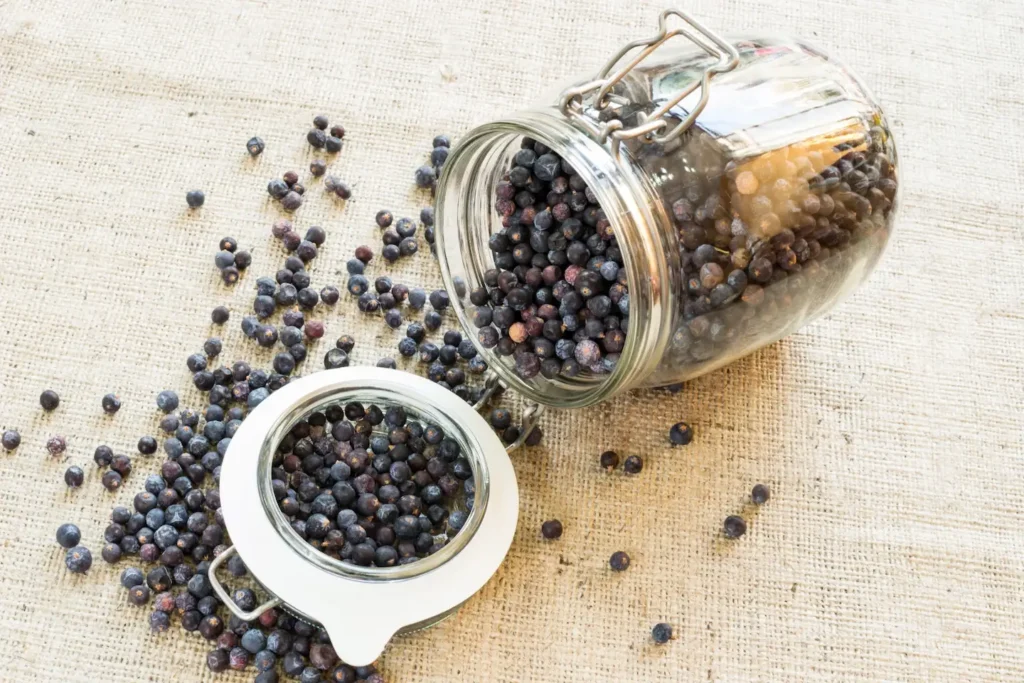Bowling & Burch New World Gin is a spirit that’s filled with things straight from the garden — in fact, part of what makes it so special is its unique formulation, which features 17 botanicals including coriander, blackberry, and honeysuckle.
But one of the most important ingredients is juniper, because this botanical forms the basis of all gin. Without juniper, it cannot be called gin. That’s the rule.
Juniper adds a flavor that’s sharp and sassy, woodsy and green. It comes from the juniper tree, an evergreen shrub with dozens of species that can live for hundreds of years and is hardy enough to grow all around the world.
Its small deep blue berries, which are too bitter to eat, have been used for centuries as a spice as well as a folklore medicinal remedy for indigestion and other ailments.
If something’s around that long and readily available, then humans will inevitably find a way to ferment or distill it.
Benedictine monks in 11th-century Italy were the first on record to use juniper berries in an alcoholic setting, adding them to wine. But it was the Dutch who coined the term “genever” for a wine-and-juniper concoction — one that England embraced in the late 1600s as its own “gin.”
England became synonymous with gin, which prevailed for decades until the craft cocktail movement inspired a newfound interest in the spirit, and American small-batch gin distilleries began to emerge. To be called gin in the United States, it must be a minimum of 80 proof and must feature juniper as its dominant flavor.
Bowling & Burch is a “new world gin,” less traditional in that it highlights other botanicals, not just juniper.
But understanding juniper as the starting point is the best way to appreciate all of the other flavors that make Bowling & Burch the remarkably refreshing gin it is.

